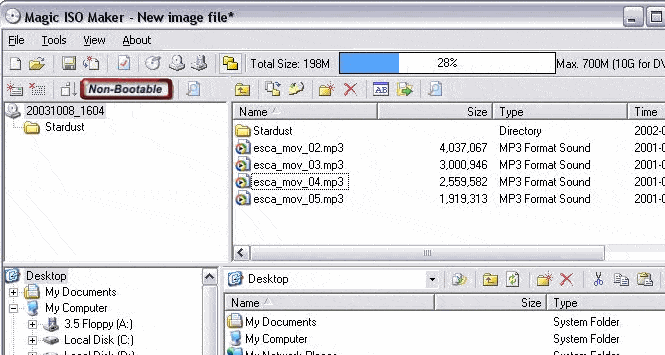
Many solid tumors express high levels of various ECM molecules like fibrillar collagens, fibronectin, elastin, and laminins (Provenzano et al., 2008 Mammoto et al., 2013). Too Much, Too Disordered: The Extracellular Matrix In The Tumor Microenvironment However, to establish a base for the following review of our current efforts to include ECM targeting in the management of malignant diseases, we will first recapitulate the particularities of the ECM in solid tumors. Therefore, it will be necessary to also discuss to a certain degree the immediate involvement of the ECM in malignancy and how its modification affects the course of the disease.

Effects of ECM-targeted approach on the efficacy of antitumor therapy often cannot be distinguished from direct effects on tumor behavior or progression. Of course, the ECM not only affects our efforts to treat cancer but also is directly involved in tumor establishment and disease progression. In this article, we will focus on the impact of the ECM on the various forms of cancer therapy and on recent efforts to modulate the ECM for improved therapeutic efficacy. Although the ECM is probably the component of the TME that initially received the least attention, this also has changed considerably over the last decade, and numerous articles have bit by bit complemented our understanding of the tumor ECM and its role in malignancy and response to therapy. These research efforts already resulted in the development and successful clinical implementation of TME-targeted drugs, starting with antiangiogenic agents and the potentially game-changing introduction of immunotherapeutics (Hurwitz et al., 2004 Robert et al., 2015) 1, 2. Thus, the TME consists of the tumor's vasculature, connective tissue, infiltrating immune cells, and the extracellular matrix (ECM), and increasingly, all these individual components of the TME became the focus of new research communities within the fast-growing cancer field.

Starting from the concept of viewing the tumor as a complex organ, we meanwhile use the term tumor microenvironment (TME) to describe the entirety of the tumor components that are not malignant by themselves.
#ECM TOOLS NEILL FULL#
While research centered for a long time nearly exclusively on the individual tumor cells, the processes leading to their transformation, or conveying their malignancy, the tumor in its entirety and full complexity moved more and more the focus of cancer research. The last 25 years saw a massive shift in our approach to understand the biology of solid tumors. Finally, we will discuss the various strategies to target and modify the tumor ECM and how they could be utilized to improve response to therapy. In this review, we will also highlight the current understanding of the physical, cellular, and molecular mechanisms by which the pathological tumor ECM affects the efficiency of radio-, chemo-, and immunotherapy.

Understanding the particularities of the ECM in solid tumor is necessary to develop approaches to interfere with its negative effect. Exerting this regulatory control, the ECM does not only influence malignancy and growth of the tumor but also its response toward therapy. Intratumoral signaling, transport mechanisms, metabolisms, oxygenation, and immunogenicity are strongly affected if not controlled by the ECM. Like the other components of the TME, the ECM in solid tumors differs significantly from that in normal organs. Often, this tumor microenvironment (TME) comprises the larger part of the overall tumor mass. Solid tumors are complex organ-like structures that consist not only of tumor cells but also of vasculature, extracellular matrix (ECM), stromal, and immune cells.


 0 kommentar(er)
0 kommentar(er)
